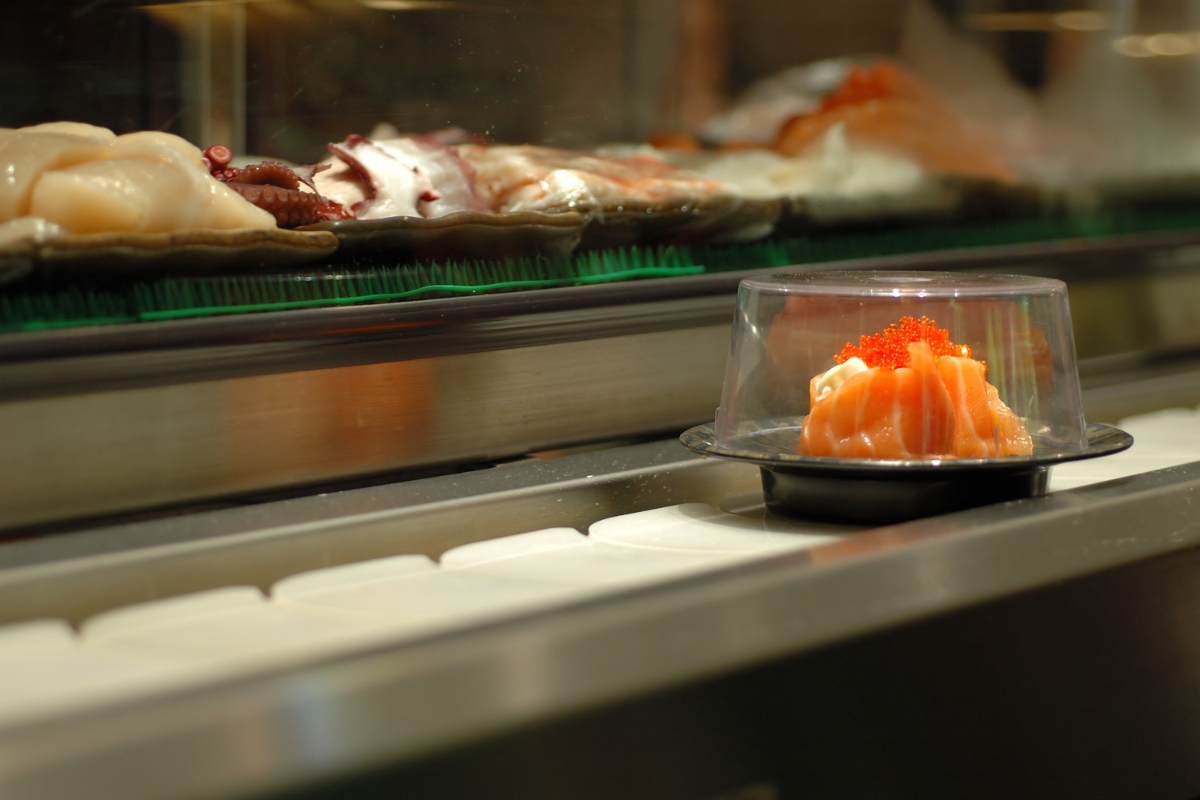Kura Sushi, a leading Japanese conveyor-belt sushi chain, opened its first outlet in Mainland China in June 2023 as part of its global expansion plans.
With this, it joins the ranks of several Japanese restaurant operators who are aggressively scaling up their overseas presence. Besides targeting revenue growth in the immediate future, the diversification move is part of the Japanese operator’s long-term play to ensure business continuity.
Japanese operators are accelerating overseas expansion even as the domestic food service sector is set to expand by a value compound annual growth rate (CAGR) of 10 percent from 2023 to 2027, according to GlobalData.
Bobby Verghese, Consumer Analyst at GlobalData, said that Kura Sushi operates 541 conveyor-belt sushi (Kaiten-sushi) outlets in Japan, 47 in the USA, and 51 in Taiwan (Province of China).
“The company’s new China outlet is located in a bustling shopping centre in Shanghai near three subway lines. The restaurant is fully automated, with robot sushi chefs preparing dishes, circular conveyor belts that carry dishes to diners, and contactless ordering and payments.”
He continued that Kura Sushi offers a menu comprising a mix of Japanese dishes and China-only dishes. The company planned to source 80 percent of its ingredients locally to optimise costs. Kura Sushi aims to open 100 stores across China by the end of the decade, in line with its plan to expand its overseas locations to 400 stores and worldwide network to 1,000 outlets by 2030.
Tim Hill, Key Account Director at GlobalData Singapore, said that with consumers dining out more often, the Japanese food service sector is recuperating from the impact of the pandemic. He added that des[ite this, inflationary pressures and economic uncertainty stifled consumer spending.
“As they operate at a higher cost-price ratio than conventional sushi restaurants, Kaiten-sushi restaurants are bearing the brunt of the surge in seafood prices due to the Russia and Ukraine conflict, rising competition with China for seafood catch and supplies, and the global climate change phenomenon,” said Hill.
Coupled with the fierce competition among outlets and an ongoing labour crunch, there is constrained growth of per-outlet transaction revenues. The rapidly aging population and decreasing working class make the long-term outlook of sushi quick service restaurants (QSRs) challenging to determine.
Verghese compared Japan to the Chinese And USA foodservice sectors, which rebounded following the pandemic lull in 2021 and 2022, regarding transaction numbers and revenue.
“As a result, Japanese food service operators are setting their sights on bluer oceans abroad, particularly larger overseas markets with high-spending crowds, such as China and the USA, which offer more dollar revenue opportunities than Japan,” explained Verghese.
By expanding overseas, these operators can thereby accelerate the post-COVID-19 recovery and ensure long-term business continuity.
Hill concluded that the high-tech ambience and fresh offerings of conveyor belt sushi chains had rapidly succeeded in Taiwan, Hong Kong, Singapore, Mainland China, and the USA over the past decade.
Among these, Hill said China held the highest potential owing to the similarities between Japanese and Chinese cuisines. While Japan is the larger market for sushi QSRs, the Chinese market is set to narrow the gap significantly in the coming years.
“However, any fresh geopolitical conflicts between Japan and China can mar the performance of the Chinese outlets,” said Hill.






